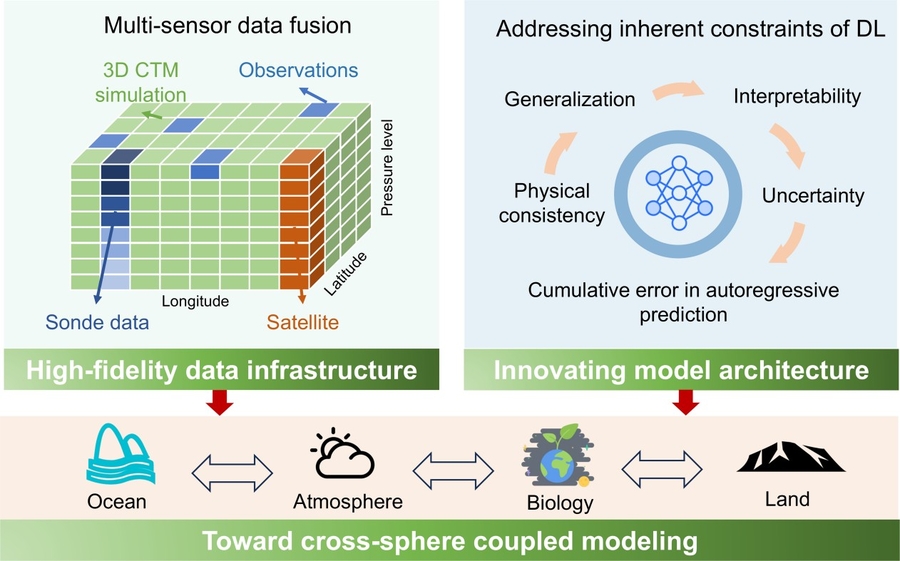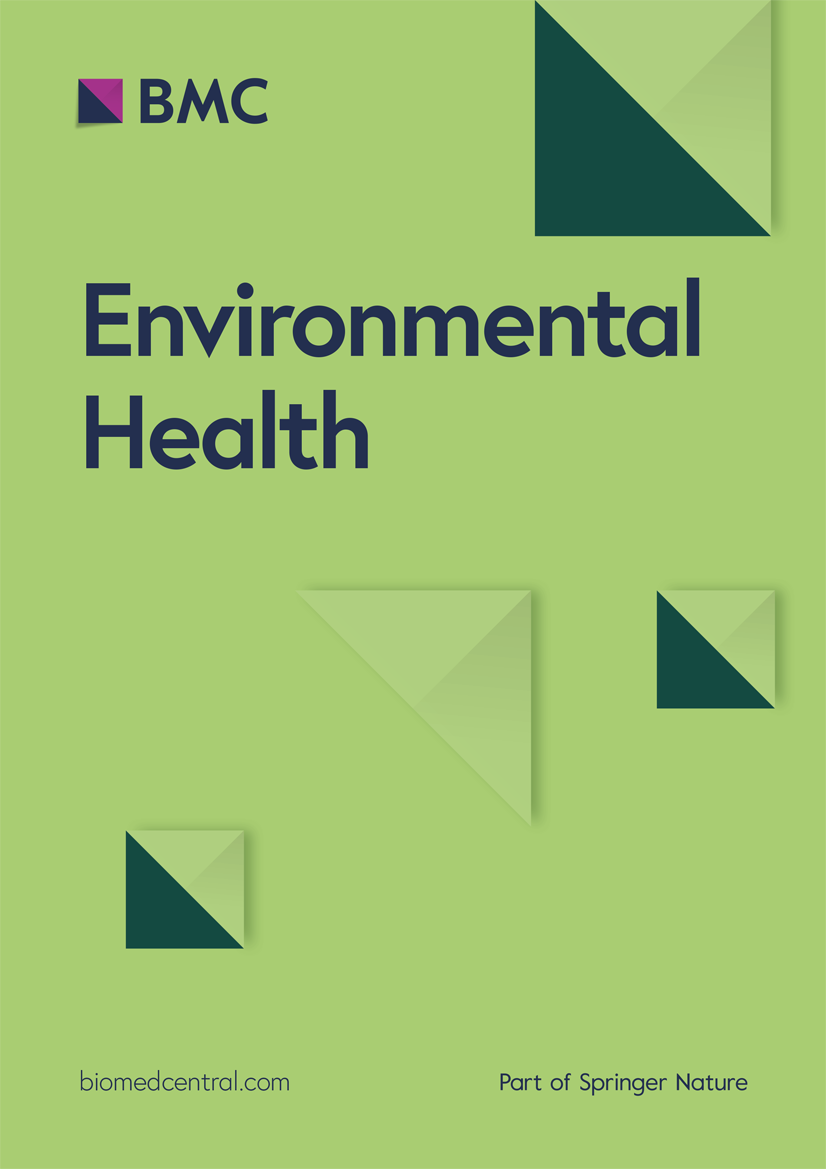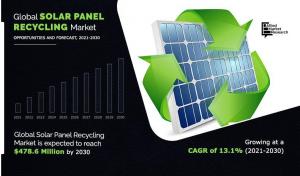Report on Deep Learning Applications for Air Quality Forecasting and Alignment with Sustainable Development Goals
1.0 Introduction: A New Paradigm for Environmental Monitoring
A recent review highlights the transformative potential of deep learning (DL) in air pollution forecasting, presenting a critical advancement for global environmental and public health management. Traditional physics-based models are often limited by computational demands and outdated data, hindering effective, high-resolution predictions. The integration of artificial intelligence, particularly DL, offers a data-driven approach to overcome these constraints. This development directly supports the achievement of several United Nations Sustainable Development Goals (SDGs) by enabling proactive environmental governance and safeguarding public well-being.
2.0 Technological Framework and Innovations
A collaborative research effort, led by Fudan University and the University of Manchester, outlines how DL is revolutionizing atmospheric science. The technology leverages massive, heterogeneous data sets to create accurate, near real-time air quality forecasts.
2.1 Core Methodologies
- Multi-Sensor Data Fusion: DL models integrate satellite imagery, ground-based monitoring data, and meteorological observations to produce seamless, high-resolution pollution maps, overcoming gaps caused by cloud cover or sparse sensor networks.
- Physics-Informed Neural Networks: By embedding fundamental chemical and physical laws into AI architectures, these models bridge the gap between empirical data and scientific principles, enhancing prediction reliability.
- Advanced Event Forecasting: Techniques such as transfer learning and ensemble prediction are being developed to improve model performance during extreme pollution events, when accurate warnings are most critical.
- Uncertainty Quantification: The adoption of probabilistic and Bayesian approaches allows forecasts to report not only a predicted outcome but also a confidence level, making the information more actionable for decision-makers.
3.0 Contribution to Sustainable Development Goals (SDGs)
The application of DL in air quality forecasting provides a powerful tool for advancing the 2030 Agenda for Sustainable Development. The technology’s impact is most significant in the following areas:
-
SDG 3: Good Health and Well-being
Air pollution is a leading environmental threat to human health. By providing timely and accurate forecasts, DL-powered systems enable public health authorities to issue early warnings, allowing vulnerable populations to take protective measures. This directly contributes to reducing the number of illnesses and deaths from hazardous chemicals and air pollution.
-
SDG 11: Sustainable Cities and Communities
This technology is a cornerstone for creating healthier and more resilient urban environments. Real-time air quality data empowers municipal governments to implement proactive measures, such as temporary traffic restrictions or industrial emission controls, thereby improving the quality of life for urban residents and making cities more sustainable.
-
SDG 13: Climate Action
The fusion of AI with climate-chemistry models facilitates seasonal and long-term predictions, which are crucial for understanding and anticipating the impacts of climate change on air quality. This enhanced predictive capability supports the development of integrated policies that address both climate change and air pollution simultaneously.
-
SDG 9: Industry, Innovation, and Infrastructure
The development of these sophisticated AI models represents a significant leap in environmental science and technological innovation. It fosters the creation of intelligent infrastructure for environmental monitoring and governance, promoting sustainable industrial practices informed by data-driven insights.
4.0 Future Outlook: From Prediction to Prevention
The primary objective is to evolve air quality forecasting from a reactive tool to a proactive system for environmental management. As stated by Professor Hongliang Zhang, the goal is to “turn prediction into prevention—and data into decisions.” By making AI models more interpretable and trustworthy, this research aims to empower policymakers and the public to understand the drivers of pollution events and take preventative action. The continued integration of DL into environmental governance is poised to deliver cleaner air, healthier communities, and a more sustainable planet, fully aligning with the vision of the SDGs.
Analysis of Sustainable Development Goals in the Article
1. Which SDGs are addressed or connected to the issues highlighted in the article?
The article on using deep learning for air pollution forecasting connects to several Sustainable Development Goals (SDGs) by addressing global health, urban living, climate action, technological innovation, and international collaboration.
- SDG 3: Good Health and Well-being: The article directly addresses the severe health impacts of air pollution, stating it “continues to pose a severe global health and environmental threat, claiming millions of lives each year.” The entire purpose of improving forecasting is to mitigate these health risks.
- SDG 9: Industry, Innovation, and Infrastructure: The core topic is a technological innovation—the application of deep learning (DL) and artificial intelligence (AI) to air quality forecasting. The article highlights the research and development efforts, mentioning a study by a team from Fudan University and the University of Manchester, and funding from the “National Natural Science Foundation of China” and the “National Key Research and Development Program of China.”
- SDG 11: Sustainable Cities and Communities: The article emphasizes the goal of creating “healthier cities” and protecting “vulnerable populations,” which are often concentrated in urban areas. Improved air quality forecasting is presented as a tool for urban environmental management.
- SDG 13: Climate Action: The text links air quality with climate change, noting that the “fusion of AI with climate-chemistry models also enables seasonal and long-term predictions critical for anticipating the effects of climate change on air quality.” This highlights the need for adaptive strategies and early warning systems.
- SDG 17: Partnerships for the Goals: The research discussed is a collaborative effort “led by Professor Hongliang Zhang from Fudan University, in collaboration with the University of Manchester.” This international scientific partnership is essential for advancing the goals.
2. What specific targets under those SDGs can be identified based on the article’s content?
Based on the issues discussed, the following specific SDG targets are relevant:
- Target 3.9: By 2030, substantially reduce the number of deaths and illnesses from hazardous chemicals and air, water and soil pollution and contamination.
- Explanation: The article’s primary motivation is to combat the health crisis caused by air pollution, which it says “claim[s] millions of lives each year.” The development of advanced forecasting aims to enable preventative action to reduce these deaths and illnesses.
- Target 9.5: Enhance scientific research, upgrade the technological capabilities of industrial sectors in all countries…encouraging innovation and substantially increasing the number of research and development workers…and public and private research and development spending.
- Explanation: The article is a review of a scientific publication that showcases a significant technological advancement (DL in atmospheric science). It explicitly mentions funding from national science foundations, which directly relates to public R&D spending to enhance scientific research.
- Target 11.6: By 2030, reduce the adverse per capita environmental impact of cities, including by paying special attention to air quality.
- Explanation: The technology described is designed to improve air quality management, a key aspect of reducing the environmental impact of cities. The article concludes that DL could help create “cleaner skies, healthier cities, and a more sustainable planet.”
- Target 13.3: Improve education, awareness-raising and human and institutional capacity on climate change mitigation, adaptation, impact reduction and early warning.
- Explanation: The forecasting system is a form of “early warning” for pollution events, which are often linked to climate patterns. The article states that the goal is to create “actionable” systems that allow “policymakers and the public to understand why a pollution event may occur and how we can act to prevent it,” which directly contributes to building institutional capacity for impact reduction.
- Target 17.6: Enhance North-South, South-South and triangular regional and international cooperation on and access to science, technology and innovation.
- Explanation: The research itself is a product of international cooperation between a Chinese university (Fudan) and a UK university (Manchester). This collaboration exemplifies the partnership needed to advance science and technology for sustainable development.
3. Are there any indicators mentioned or implied in the article that can be used to measure progress towards the identified targets?
The article implies several indicators that can be used to measure progress:
- For Target 3.9:
- Indicator (Implied): Mortality rate attributed to air pollution. The article’s reference to “millions of lives” lost annually establishes this as the key problem to be solved.
- Indicator (Implied): Ambient air pollution levels. The text mentions specific pollutants like “fine particulate matter to ozone surges,” which are measured to assess air quality and health risk. Progress would be measured by a reduction in the concentration of these pollutants.
- For Target 9.5:
- Indicator (Mentioned): Research and development expenditure. The article explicitly cites funding from the “National Natural Science Foundation of China” and the “National Key Research and Development Program of China,” pointing directly to public investment in R&D.
- For Target 11.6:
- Indicator (Implied): Annual mean levels of fine particulate matter (e.g., PM2.5) in cities. The goal of “healthier cities” and “cleaner skies” is directly measured by monitoring urban air quality, particularly the concentration of fine particulate matter mentioned in the article.
- For Target 13.3:
- Indicator (Implied): Existence and operational capacity of multi-hazard early warning systems. The article describes the development of a sophisticated “forecasting system” for air pollution, which serves as an early warning mechanism. Its accuracy, actionability, and adoption by governments would measure progress.
- For Target 17.6:
- Indicator (Mentioned): Number of international science/technology cooperation agreements. The collaboration between Fudan University and the University of Manchester is a direct example of such an agreement in action, contributing to a global knowledge base.
4. Summary Table of SDGs, Targets, and Indicators
| SDGs | Targets | Indicators |
|---|---|---|
| SDG 3: Good Health and Well-being | 3.9: Substantially reduce deaths and illnesses from air pollution. | Mortality rate attributed to air pollution (implied by “millions of lives”); Ambient concentrations of pollutants like fine particulate matter and ozone (implied). |
| SDG 9: Industry, Innovation, and Infrastructure | 9.5: Enhance scientific research and upgrade technological capabilities. | Research and development expenditure (mentioned via funding from national science foundations). |
| SDG 11: Sustainable Cities and Communities | 11.6: Reduce the adverse per capita environmental impact of cities, focusing on air quality. | Annual mean levels of fine particulate matter in cities (implied by the goal of “healthier cities” and “cleaner skies”). |
| SDG 13: Climate Action | 13.3: Improve capacity for climate change adaptation, impact reduction, and early warning. | Development and adoption of air pollution early warning systems (implied by creating “forecasting systems” that are “actionable”). |
| SDG 17: Partnerships for the Goals | 17.6: Enhance international cooperation on science, technology, and innovation. | International scientific collaborations (mentioned through the partnership between Fudan University and the University of Manchester). |
Source: 24-7pressrelease.com







